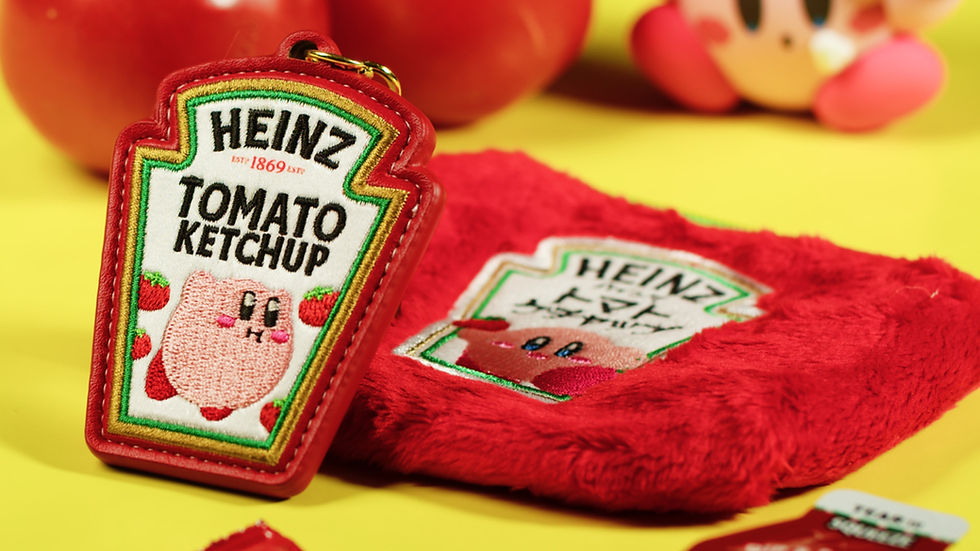Kirby & The Forgotten Facts #3: The Super Star Shigesato Itoi
- Marc Kaliroff

- Mar 3, 2023
- 3 min read
Updated: May 5, 2025
Kirby & The Forgotten Facts is Kirby Informer’s weekly Friday column dedicated to obscure and niche Kirby trivia that even some of the most dedicated and die-hard fans of the pink puff may not be aware of! This week in our column, we are spotlighting Shigesato Itoi, the creator of EarthBound (the Mother series) who had quite a large influence on several HAL Laboratory games. Enjoy!
******

Did you know that despite never appearing in the game's credits, famed Japanese writer and EarthBound series creator Shigesato Itoi had a major influence on the final product of Kirby of the Stars: Super Deluxe for the Super Famicom in Japan? If it were not for Itoi, Kirby Super Star's final name and packaging in its home territory could have been extremely different.
For the majority of Kirby Super Star's development, Masahiro Sakurai's Super Nintendo Kirby project did not actually have a finalized name. Originally, Kirby Super Star in Japan was referred to behind the scenes as “Kirby of the Stars: Active” while it was still being developed at HAL Laboratory. Despite dozens of potential titles submitted to the team, Sakurai and his crew could not settle on a name. For a long time, the team was leaning towards the "Active" subtitle as they believed it would have reflected how the game had more active gameplay compared to previous Kirby releases.
Still unhappy with the names that had been suggested, Sakurai brought in EarthBound's creator Shigesato Itoi as a consultant to help create a finalized title. After seeing the game in action, Itoi suggested a few new titles to Sakurai including "Super Deluxe" as he believed the game offered a "deluxe" experience. From that day, Kirby of the Stars: Active changed its subtitle to Kirby of the Stars: Super Deluxe.
After Kirby Super Star's Japanese title was decided on, one problem Sakurai and the team were still left with was coming up with the game's final box art. Since the beginning of Super Star's development, Sakurai always felt as if the game's rich sense of content was its defining feature--Sakurai called this an "omnibus format" as Super Star delves into multiple genres of side-scrollers and every game included has a unique element. In order to convey the game's richness, Itoi drew a packaging design that reflected the boxes of other high-priced items that can be found across Japan.
Kirby Super Star's Japanese box art is designed after a paulownia box with a burnt-in seal of Kirby and the title. In Japan, these traditional wooden containers are designed to hold products that hold a special meaning or are considered to be of high quality. Other premium and luxury products in Japan that come in paulownia boxes range from pricey dishware and sweets to paintbrushes and even Hanafuda cards (the first type of game Nintendo became involved with prior to digital entertainment). Quick side fact: Nintendo still produces its traditional games in paulownia boxes--in fact, you can still purchase some of them directly from the company on sites like Amazon (like the Yuryo Oshi shogi piece set seen above)!
It is often said that Shigesato Itoi came up with the idea of the packaging for Kirby Super Star, however, it should be noted that he may have potentially just been the person who illustrated its iconic art. In an interview with writer Akinori Sao where he discussed Kirby Super Star to promote the Nintendo Classic Mini: SNES plug-and-play system, Masahiro Sakurai claimed that he could not recall who exactly came up with the idea of the game's box art. While it certainly could have been Itoi's genius at work again, Sakurai stated that the idea was ultimately "decided through many people in discussion."







